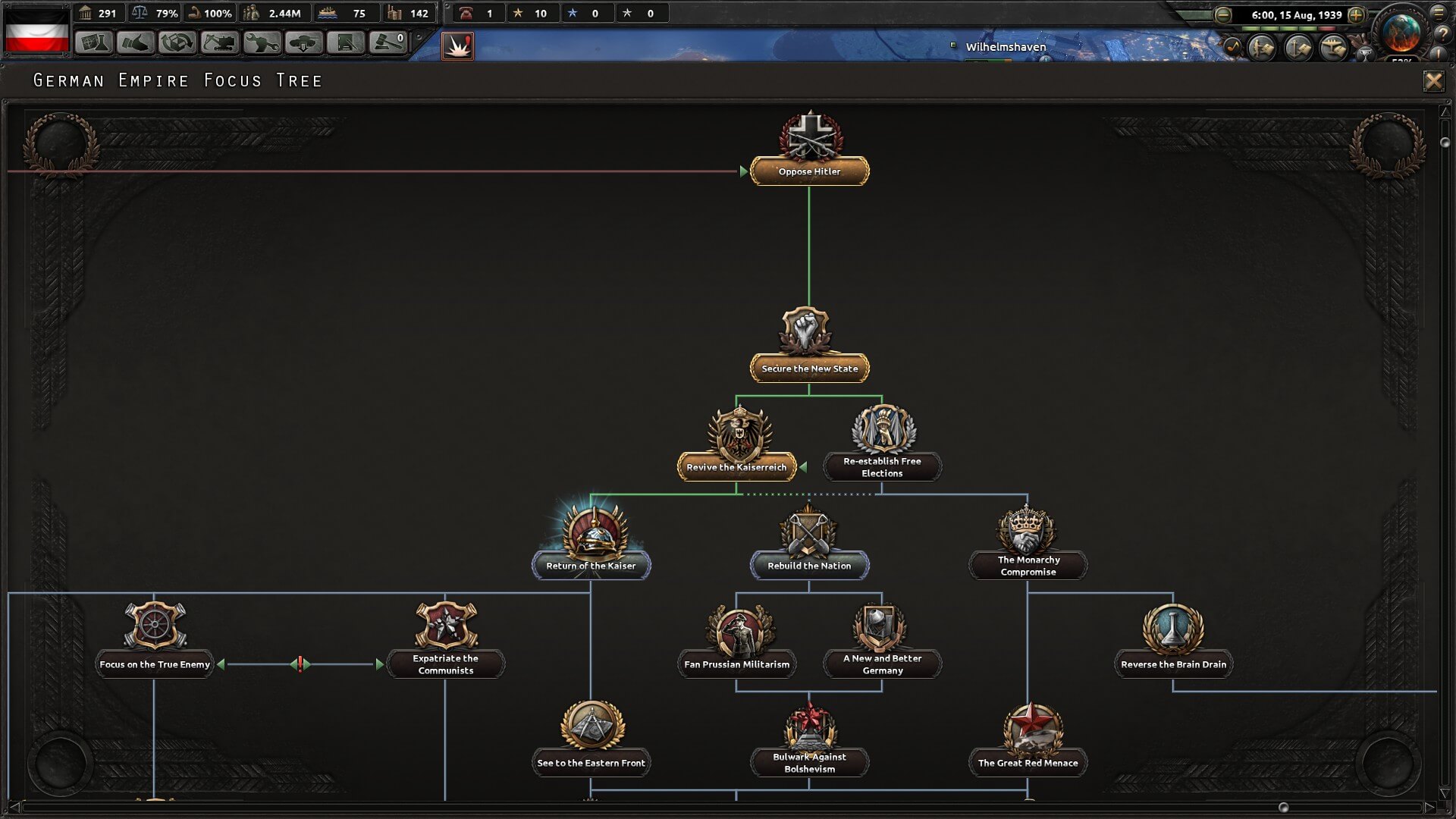Torn Apart Mac OS
Apart from this, you may also be. There was a control panel that allowed such flexibility back in the old Mac OS 7 days. Raffy says: March 1, 2021 at 11:02 pm. Verb: tear apart (tore apart,torn apart) Usage: informal. Express a totally negative opinion of 'The critics tore apart the performance'; - pan informal, trash informal Search thoroughly 'the police tore apart the house' Cause distress or discordance 'a community torn apart by violence' Derived forms: tearing apart, tore apart, tears apart.
Article Title
Authors
Keywords

Immigration, America, Society, Trump, 2018, ICE, Oppression, Art, Sociology, Zero Tolerance Policy, Trump Administration
Document Type
Main Theme / Tema Central
Recommended Citation

Rios, Sandra (2019) 'Torn Apart: A Closer Look at Our Cover Image,' Culture, Society, and Praxis: Vol. 11 : No. 2 , Article 5.
Available at: https://digitalcommons.csumb.edu/csp/vol11/iss2/5
Included in
American Politics Commons, Chicana/o Studies Commons, Child Psychology Commons, Developmental Psychology Commons, Family, Life Course, and Society Commons, Inequality and Stratification Commons, International Relations Commons, Latina/o Studies Commons, Migration Studies Commons, Politics and Social Change Commons, Race and Ethnicity Commons, Social Psychology Commons, Social Work Commons, Sociology of Culture Commons
COinSTo view the content in your browser, please download Adobe Reader or, alternately,
you may Download the file to your hard drive.
NOTE: The latest versions of Adobe Reader do not support viewing PDF files within Firefox on Mac OS and if you are using a modern (Intel) Mac, there is no official plugin for viewing PDF files within the browser window.
Article Title
Authors
Abstract
World War II created mass destruction and economic distress but was also responsible for creating new opportunities for women. The war had torn families apart and had altered family dynamics. The high demands of the wartime economy called for a reevaluation of American women’s roles in society. In 1942, Pittsburgh artist J. Howard Miller was hired by the Westinghouse Company’s War Production Coordinating Committee to create a range of propaganda posters to encourage women to join the war effort.1 The most iconic was christened “Rosie the Riveter” and further popularized by Norman Rockwell. These images exemplified how the government wanted women to be perceived in the workplace. Wartime propaganda determined how women acted and dressed. During World War II, the Rosie the Riveter image not only exemplified the nationalism felt amongst U.S. citizens but also came to represent the generation of women who broke down societal boundaries. These women were heavily influenced by the media and became confused about their role in society. Throughout the twentieth century, the meaning behind the Rosie the Riveter image evolved as women continued to strive for freedom from societal norms. In the 1970s, women from the second-wave feminist movement rediscovered 'Rosie the Riveter' and transformed the WWII era propaganda poster and her slogan 'We Can Do It' into a symbol of women’s empowerment that has been carried across the generations and onto the banners of the contemporary feminists marching in the 2017 Women's Marches.
Recommended Citation
Aguierre, Reina (2018) 'The Evolution of the “We Can Do It” Poster and American Feminist Movements,' McNair Research Journal SJSU: Vol. 14 , Article 3.
https://scholarworks.sjsu.edu/mcnair/vol14/iss1/3
Torn Apart Mac Os Catalina
Included in
American Studies Commons, History of Gender Commons, Labor History Commons, Women's History Commons
Mac Os Versions
COinSTo view the content in your browser, please download Adobe Reader or, alternately,
you may Download the file to your hard drive.
Torn Apart Mac Os X
NOTE: The latest versions of Adobe Reader do not support viewing PDF files within Firefox on Mac OS and if you are using a modern (Intel) Mac, there is no official plugin for viewing PDF files within the browser window.
Torn Apart Mac OS
